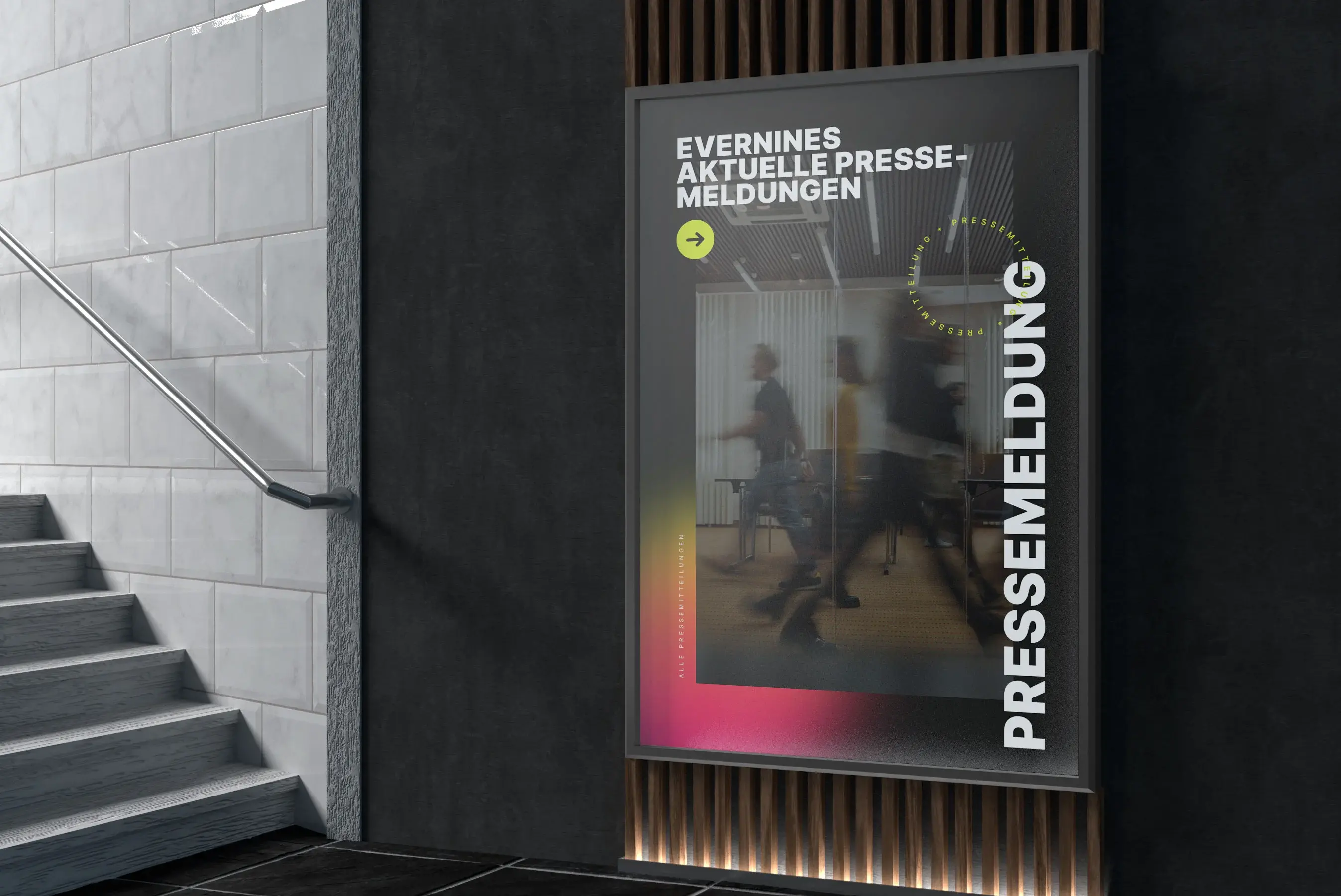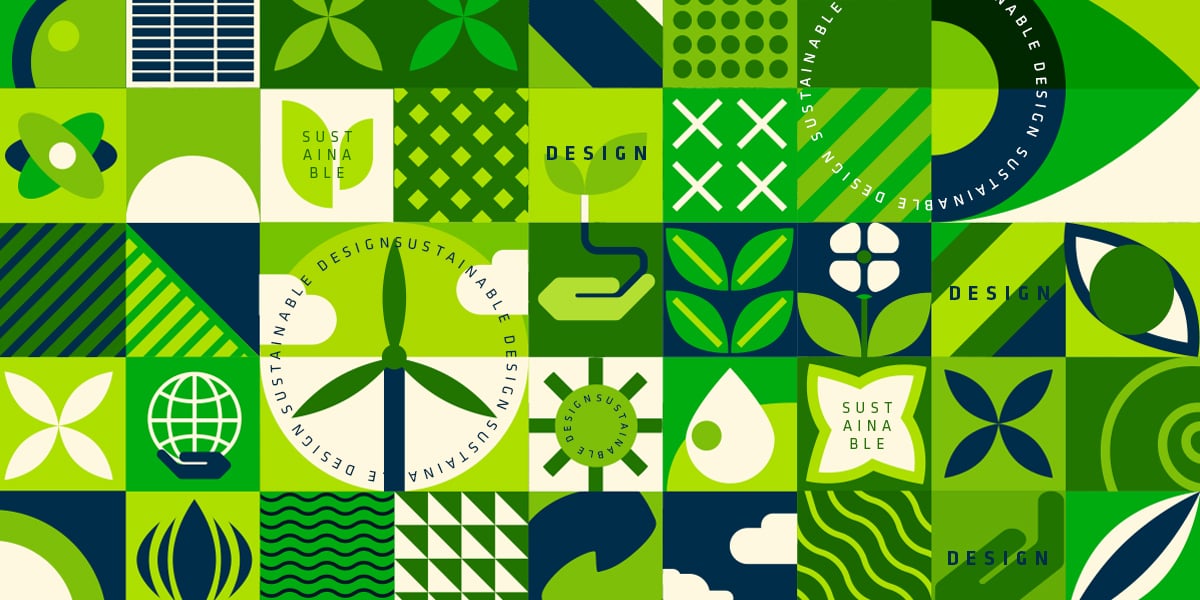
Sustainable design: shaping the future without jeopardising the earth

Sustainable design: shaping the future without jeopardising the planet

In an age of growing environmental awareness and ecological responsibility, the topic of ‘sustainable design’ is becoming increasingly important. In this article, we take a look at this important concept and examine its fundamental principles. From promoting longevity to choosing environmentally friendly materials, learn how sustainable design is changing the way organisations can design products and buildings.
What is sustainable design?
![]()
Sustainable design is a concept that encompasses many disciplines, including architecture, product design, fashion and even digital design. Essentially, it is about using resources sparingly, reducing waste, minimising environmental impact and being socially responsible. Sustainable design takes into account the entire life cycle of a product or service, from the extraction of raw materials to production, use and disposal. The aim is to reduce our dependence on natural resources such as oil, water, coal and air and, in the best-case scenario, to no longer be reliant on them.
The basic principles of sustainable design
Longevity:
Sustainable design endeavours to create products and buildings that have a long service life. Long-lasting products mean less waste and resource consumption.
![]()
Recycling and reuse:
The reuse of materials and the promotion of recycling processes are key aspects of sustainable design. This reduces the need for new raw materials and minimises waste.
![]()
Energy efficiency:
Sustainable design aims to maximise energy efficiency in buildings and products. This means less energy consumption and therefore less environmental impact.
![]()
Environmentally friendly materials:
Choosing eco-friendly materials that are less harmful to the environment is an important step in the sustainable design process.
![]()
Social responsibility:
Sustainable design not only takes environmental aspects into account, but also social impacts such as the working conditions of the people involved in production.
The advantages of sustainable design
Sustainable design offers numerous advantages, including:
It helps to reduce the environmental impact by minimising the consumption of resources and reducing pollution.
In the long term, sustainably designed products and buildings can often be more cost-efficient as they consume less energy and require less maintenance.
Sustainable design requires creative solutions and promotes innovation in the areas of materials, technologies and processes.
Sustainable buildings and products can improve the well-being of users, for example by improving indoor air quality.
How does sustainable design manifest itself in creative agencies like Evernine?
Sustainable design in a creative agency: creative solutions for a sustainable future
Sustainable design in creative agencies means combining aesthetic and creative design with environmental awareness. It goes beyond mere surface design and takes into account the entire life cycle of a project. This includes selecting environmentally friendly materials, minimising energy consumption, reducing waste and incorporating social responsibility.
Creative agencies play a key role in designing brand identities, products and campaigns - and therefore also in promoting sustainable practices. You can find out which approaches Evernine implements holistically in the next section.

1. create awareness
The first step towards sustainable design in a creative agency is to raise awareness of environmental impacts and sustainability goals. This can be achieved through training, seminars and discussions on sustainable design principles. Team members should understand how their work can contribute to reducing the environmental footprint. For this reason, project groups have been formed at Evernine for some time, which deal with sustainability, species protection & health, among other things.
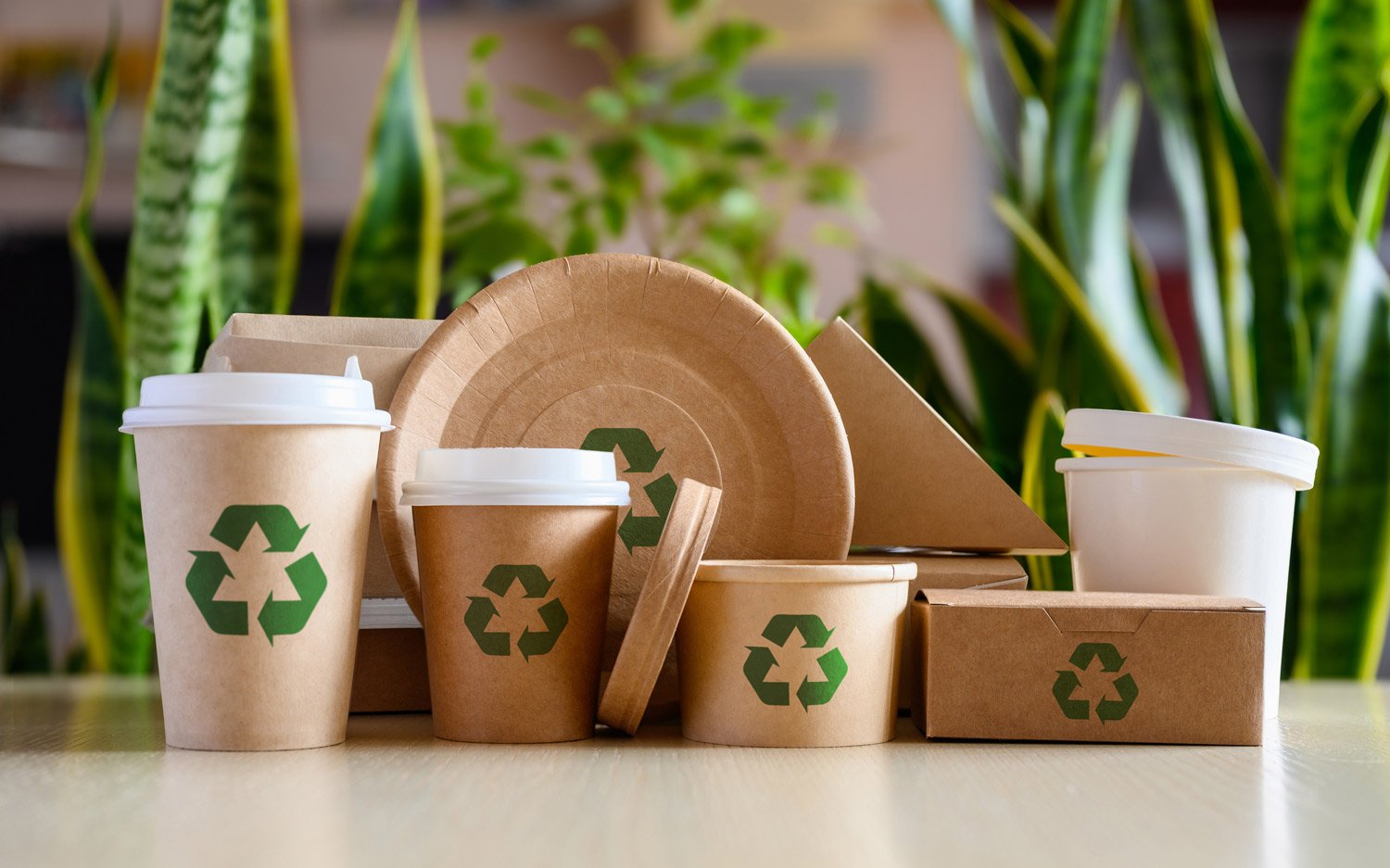
2. sustainable choice of materials
The selection of environmentally friendly materials is a fundamental principle of sustainable design. At Evernine, our skilled designers can look for materials that are recycled, recyclable or biodegradable. This applies not only to physical products, but also to packaging and printed products. This means that our customers can always be given the best advice when it comes to the choice of recycled paper, for example.
3. energy efficiency and resource conservation
Creative agencies often have extensive technical equipment. Here, attention should be paid to energy efficiency. Switching off equipment when it is not in use and using renewable energy sources can help to reduce energy consumption. Resources such as paper should be used sparingly and, where possible, digital alternatives should be favoured.
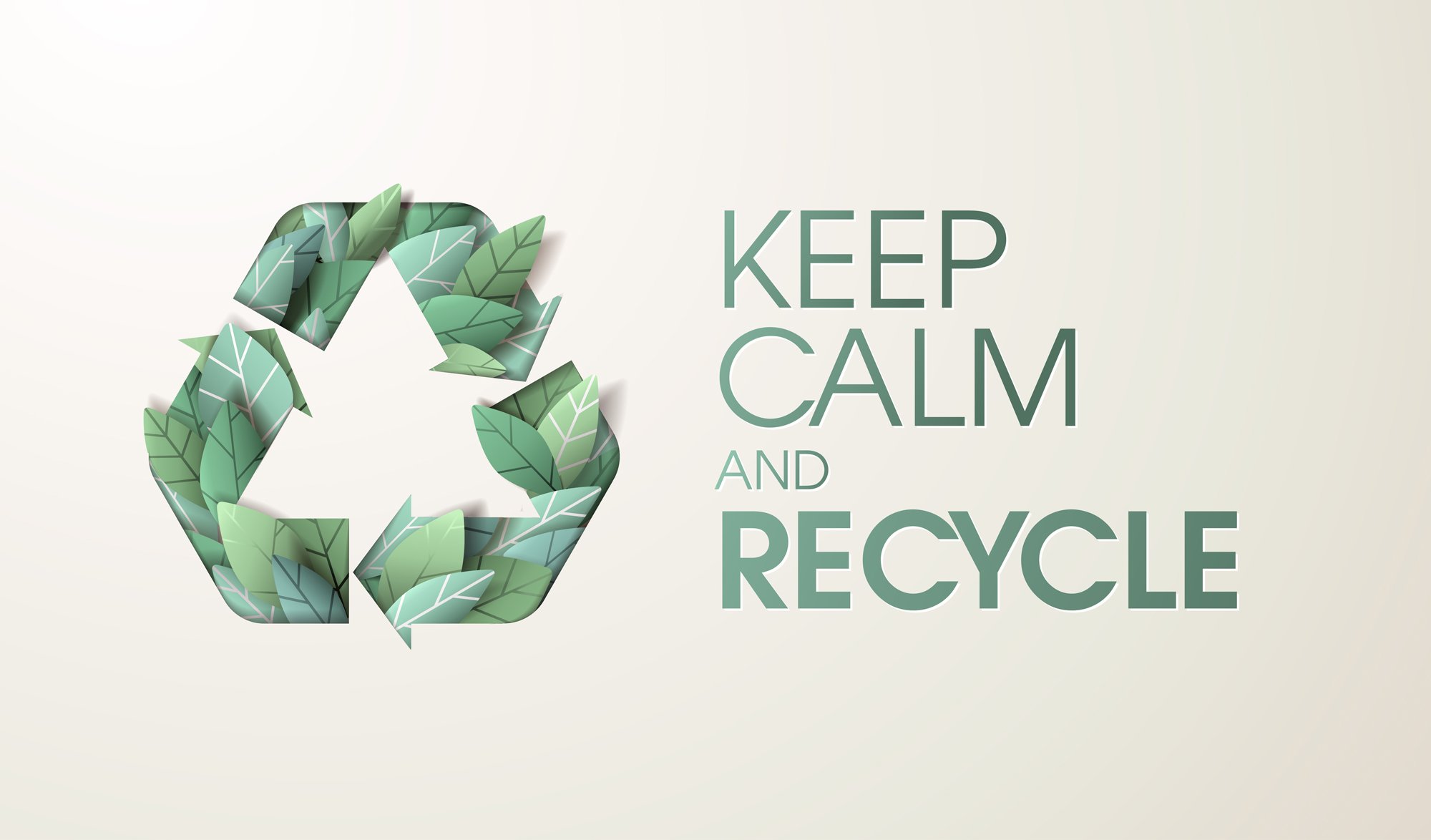
4. reuse and upcycling
Turning old into new? With Evernine! By rebranding an existing brand, Evernine customers can bring an experienced agency on board and simply give the existing design a new look without having to rebuild the brand from scratch.
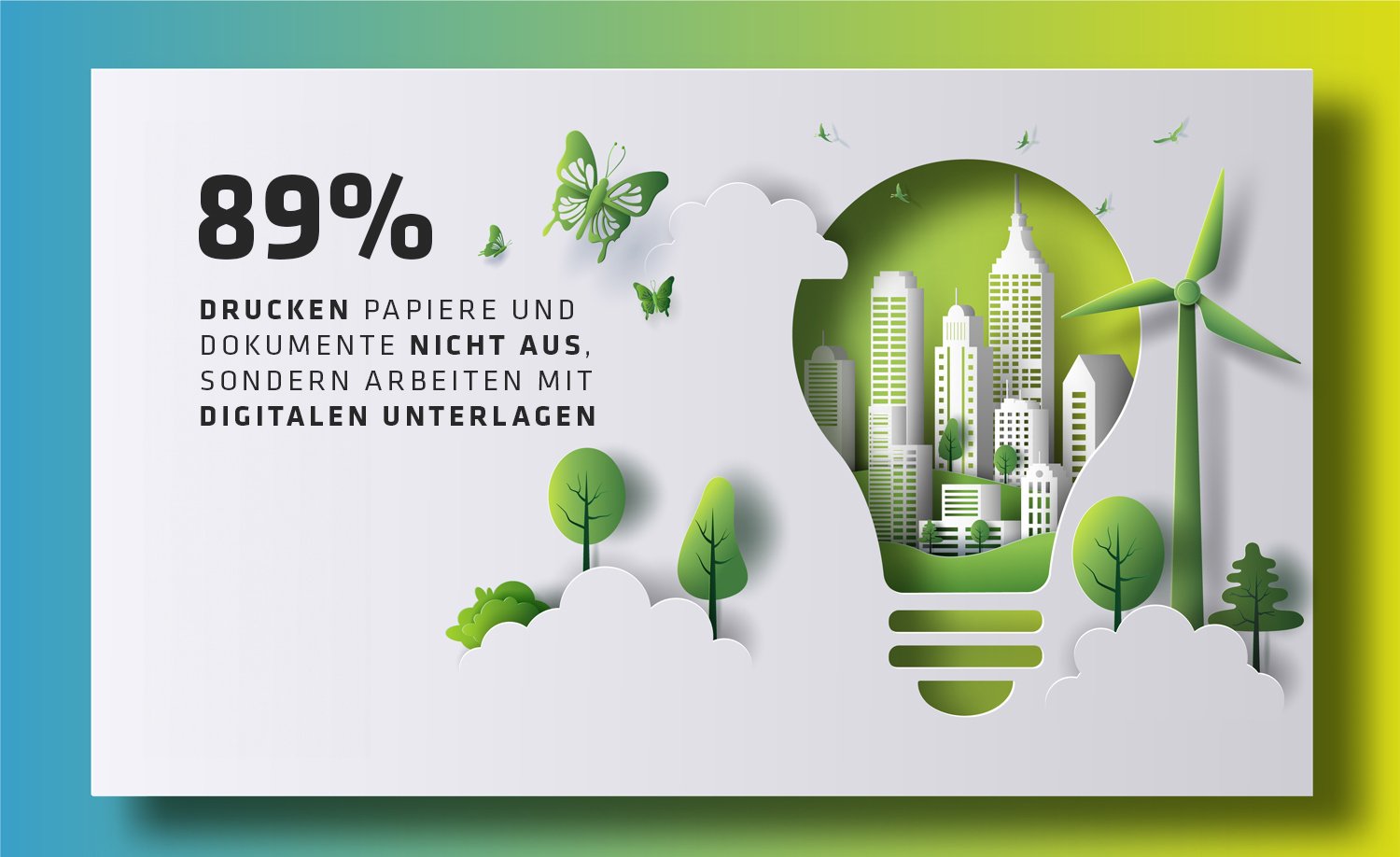
5. communication of sustainability efforts
Creative agencies are experts at communicating messages. Therefore, they should actively communicate their own sustainability efforts. This can be done by designing sustainable campaigns for clients, participating in sustainability initiatives and being transparent about their own eco-friendly practices. Through our partnership with ‘planeed’, Evernine is showing itself to be a sustainable pioneer among creative agencies.
6. working with sustainable clients
Creative agencies can also encourage their clients to adopt sustainable practices. This can be done by presenting sustainable design options and educating them on the benefits of sustainable choices. Together, agencies and clients can drive positive change. Evernine therefore regularly publishes infographics to visually explain and communicate a company's sustainable process to its target audience.
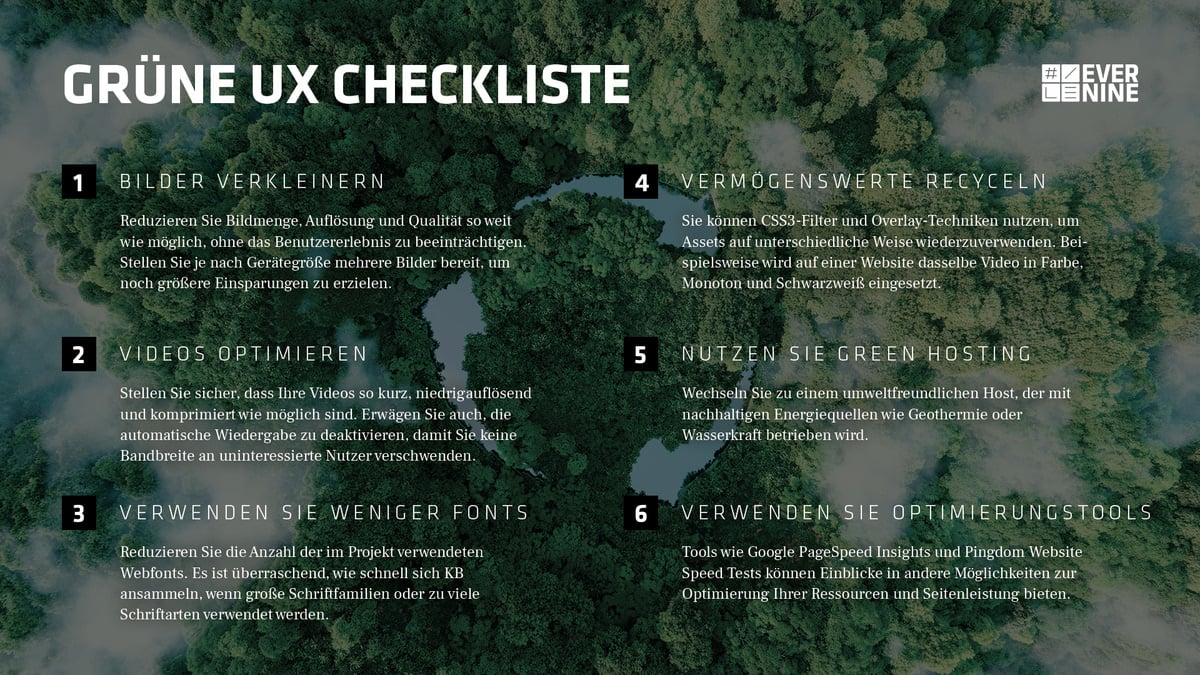
Conclusion
Overall, sustainable design is a holistic approach to design that takes into account environmental impact, social responsibility and economic sustainability. It requires designers, manufacturers, governments and consumers to work together to create a sustainable future. By integrating these principles into our design decisions, we can help preserve the world for future generations while creating innovative and aesthetically pleasing solutions. Sustainable design is not just an option - it is the future of design.



